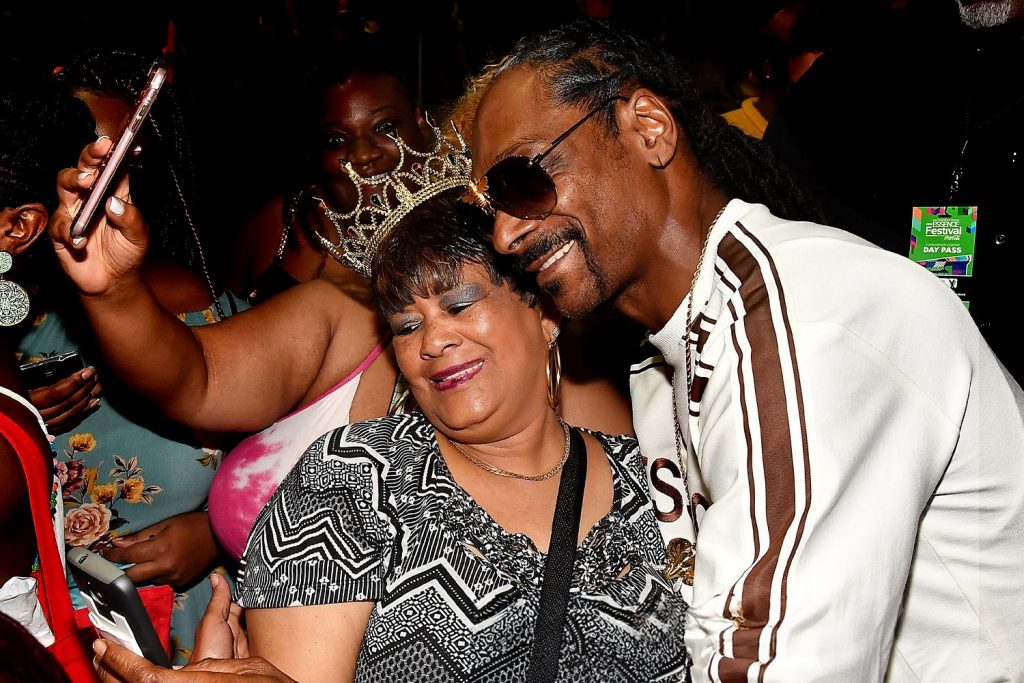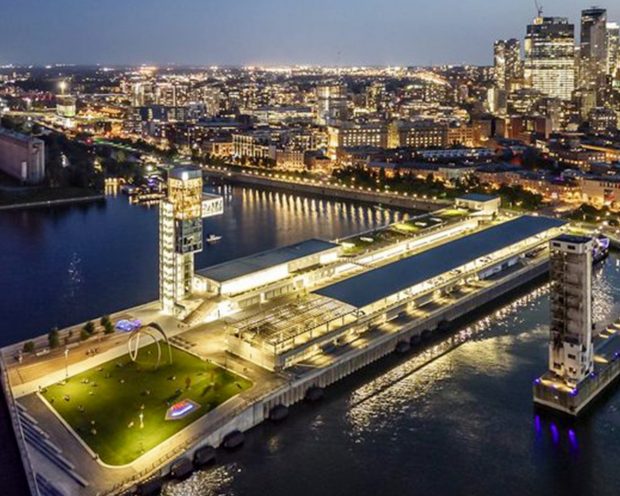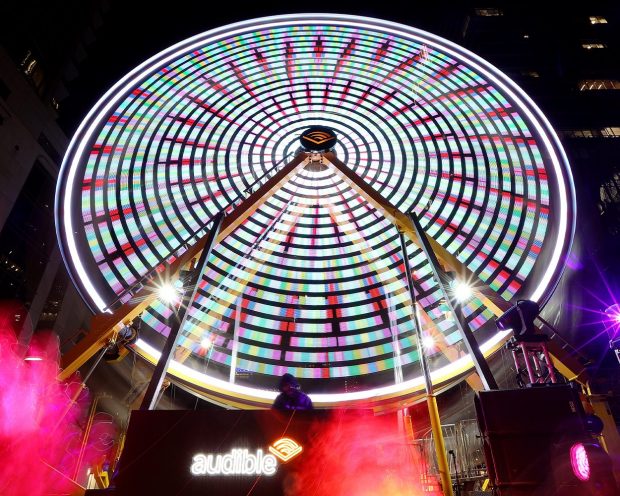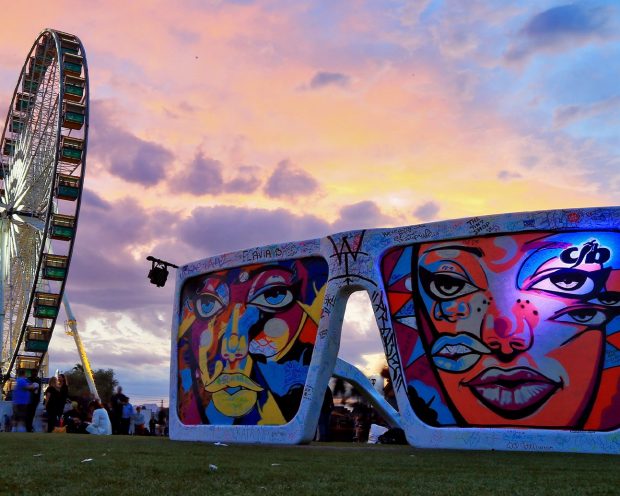How the Best Festivals Shape Their Cities — and Vice Versa

Cities and their landmark festivals share a symbiotic relationship. When events plant their flags on downtown soil, they gain that city’s culture, infrastructure, and bustling [insert exciting tourist attraction here] scene. And the city gains a guaranteed annual influx of thousands of visitors, plus a share of their disposable income and a burgeoning international reputation. But any happy duet requires constant nurturing as both the cities and events evolve and grow. To find out more about the special relationship between experiential tentpoles and their hometowns, we talked to some of the biggest stakeholders involved with Art Basel in Miami, Essence Festival in New Orleans, and SXSW in Austin. A festival grows in Miami A guest views the NFT collection on display at #0XGenesis during Art Basel Miami. Photo by Erika Goldring / Getty Images for Marshland. The annual Art Basel Miami Beach celebration, going strong since 2002, draws 80,000 visitors annually, many of whom arrive with deep pockets and a lust for the finer things in life. “This is an ultra luxury–focused market,” says John Copeland, director of arts and culture tourism at the Greater Miami Convention and Visitors Bureau. Today’s art enthusiasts are going from the gallery to the...


